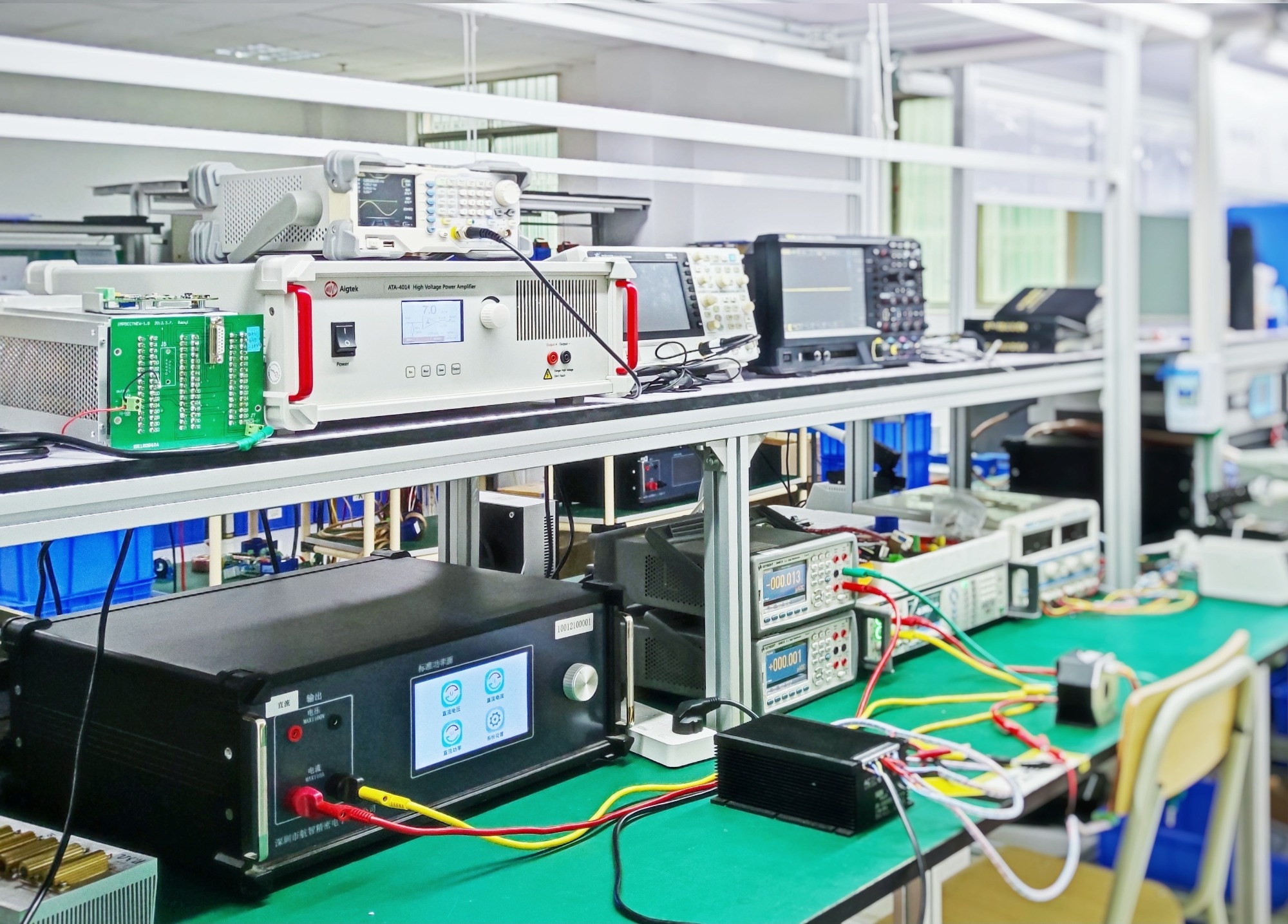
목차
What is a Current Transducer?
Current transducer is a device that converts an electrical current into a proportional output signal. This output signal can be in the form of voltage, current, or frequency, depending on the transducer’s design. By utilizing various sensing techniques, current transducers provide accurate measurements of current without the need to interrupt the circuit being monitored.
Types of Current Transducers
There are various kinds of current transducers that are out there. such as Shunt Resistor, Hall Effect Current Sensors, Current Transformer and Fluxgate Current Sensor are some of the most common types. Each type has its own advantages and disadvantages.
How to judge the quality of current transducer
Accuracy and Linearity
Accuracy and linearity are equally important considerations for transducer. The accuracy is how closely its readings match the real values, while its linearity of a sensor is its ability to retain a consistent sensitivity over its measurement range. Compare the output of the transducer with a calibrated reference meter or an accurate current source over the expected measurement range. To guarantee precise and trustworthy readings, a sensor with good accuracy and linearity should be used.
High-precision transducers should have low error rates and provide consistent, reliable readings. Hangzhi AIT Series High Precision Current Transducer’s accuracy 10ppm, linearity 2ppm.
Consider Right Measurement Range
Current sensors have a certain range of current and can measure with high precision; This range is called its measurement range. It is crucial to choose sensors with a measurement range. If the range is too high, sensor overload is a risk, while if the range is too low, the entire current range cannot be measured. The resolution of the sensor or the minimum current change it can detect is also crucial. Ensure the current transducer can cover the desired application range, from low to high currents.
Response Time
Response time refers to the time required for a sensor to record changes in current and generate appropriate output signals. Selecting a sensor with a quick reaction time guarantees precise and timely readings. If the reaction time is too long, the sensor or circuit might be damaged in situations where the current is constantly shifting.
Evaluate Output Signal Type
Check the type of signal that the current transducer sends out. Typical output types include digital signals and analog signals (current or voltage). Verify that the transducer’s output signal is compatible with your control system or data acquisition device.
Isolation and Safety
Current transducers should electrically isolate the measurement circuit from the high-voltage power circuit to prevent damage to the measurement equipment. Verify the isolation voltage rating of the transducer, ensuring it is adequate for the system’s electrical safety standards.
Environmental Conditions, Mounting and Installation
Consider the operating environment, including temperature range, humidity, and potential exposure to chemicals or vibration, and choose a transducer that can withstand these conditions.
Ensure the transducer’s mounting and installation requirements align with your system’s capabilities and constraints. Isolation is also one of the factors in choosing sensors. Ensure the transducer provides adequate electrical isolation for safety and to prevent signal interference.
Check Compatibility with Existing Systems
Check the compatibility of the current transducer with your existing systems. Ensure the transducer’s physical size, mounting options, and electrical connections fit seamlessly with your setup.
Compatibility reduces the need for additional modifications and ensures smooth integration. Verify that the transducer meets the standards and specifications required for your system.
Compliance, Standards and Cost
Check that the transducer meets any relevant industry standards and regulations for your application. Consider the cost of the transducer in relation to your budget and the value it provides in terms of performance and reliability.
How to confirm the accuracy of the current sensor parameters?
The most direct way is to send it to the Institute of Metrology for testing and check it based on their report.
항지 소개
심천 Hangzhi 정밀 전자 유한 공사 is a technology-leading enterprise dedicated to the research and development, production, sales and solution customization of high-precision current sensors, voltage sensors and high-precision electrical measuring instruments. We strive to build a well-known brand of fluxgate precision current sensors and precision electrical measuring instruments in the DC field, and strive to develop into an internationally leading leader in precision electronics in the field of DC systems.
